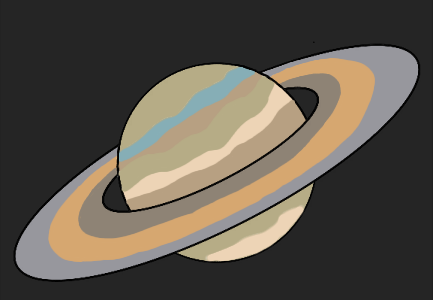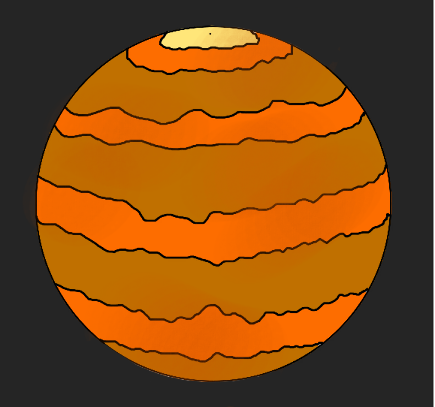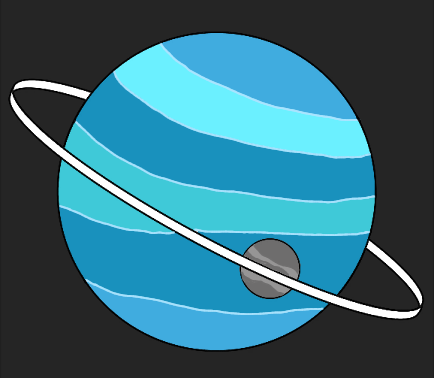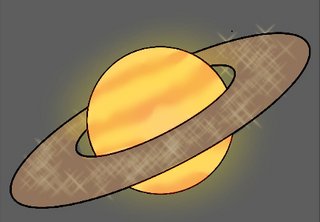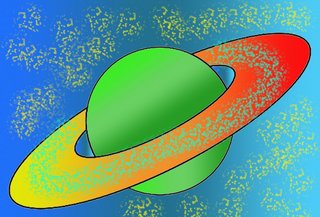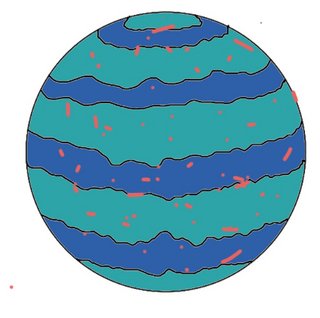Planetarium Task 4
As we are leaving the planetarium and getting ready to head over to the aquarium, you start to daydream about discovering your own planet. Choose one of the three images below and add some color to design your own planet! Completed designs will earn you 10 beans. 5 bonus beans if you can tell us the name of your planet and any other interesting information about it. Can your planet sustain life? Does it have any moons? Tell us anything!
You are more than welcome to color more than one planet, but you'll only earn beans for the first one you post. Post your completed creation below or send it to kgivens1072 @ gmail.com by August 21st at 11:59PM HOL time.
Planet One
Planet Two
Planet Three
You are more than welcome to color more than one planet, but you'll only earn beans for the first one you post. Post your completed creation below or send it to kgivens1072 @ gmail.com by August 21st at 11:59PM HOL time.
Planet One
Planet Two
Planet Three
